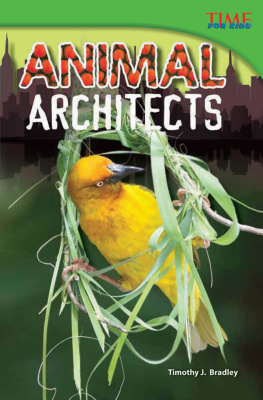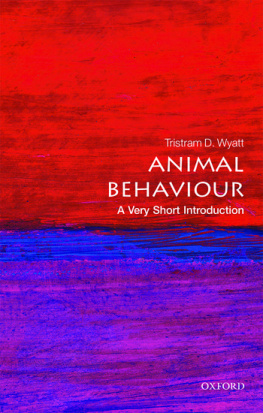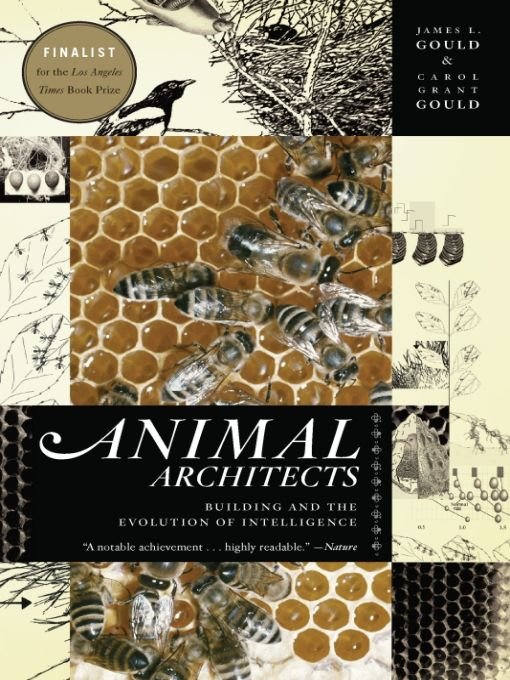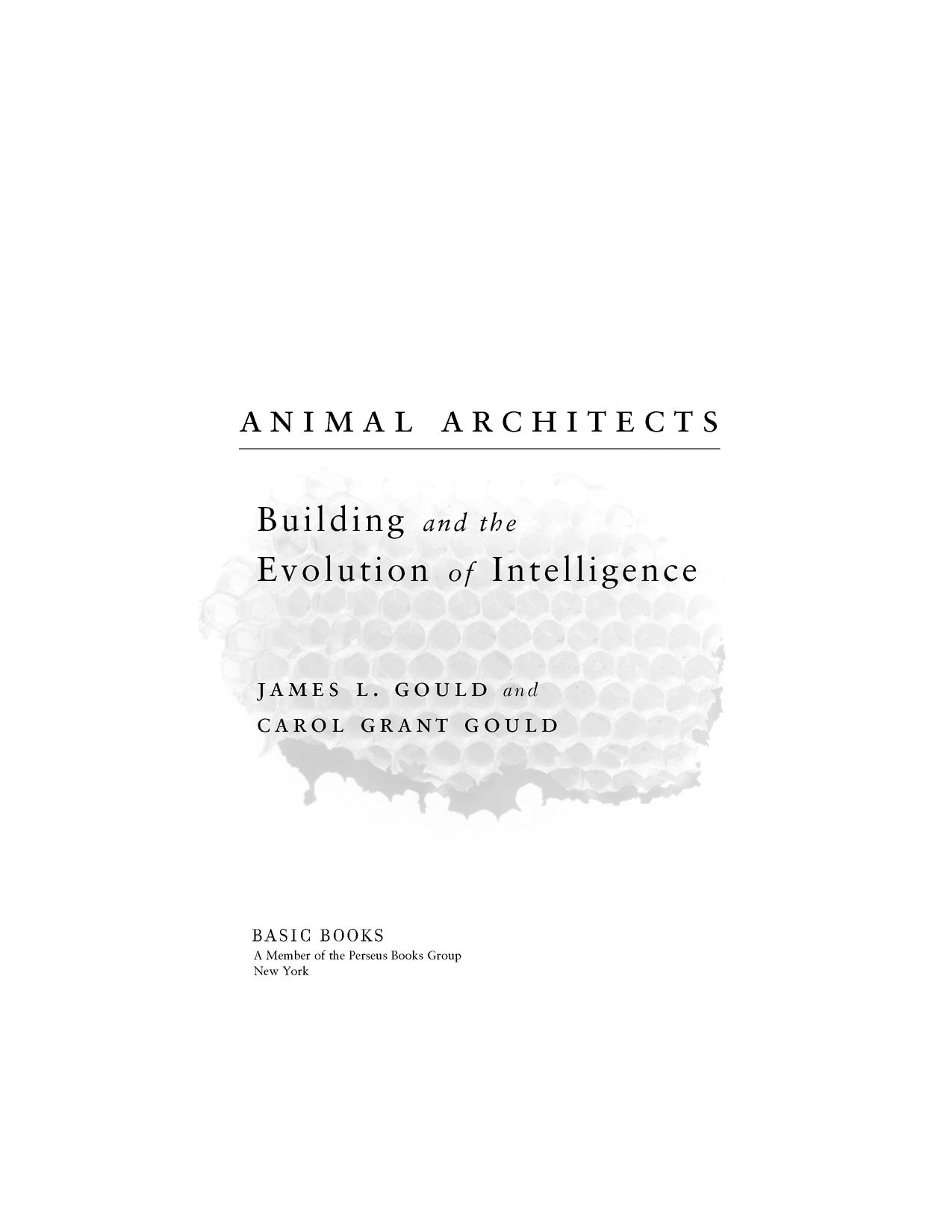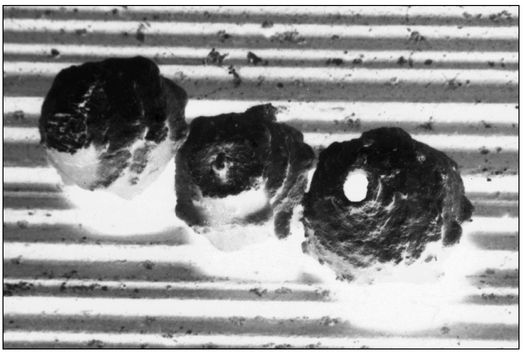Table of Contents
Praise for Animal Architects
What is specialand admirableabout James and Carol Goulds Animal Architects is their focus on built constructions.... Animal Architects covers a lot of ground with a minimum of jargon and a temperate, nondidactic tone. What may be most attractive about Animal Architects is the way it takes a series of examples and makes them work as elements of a general story, showing how natural selection manifests itself in the real world, not least in the form of nonverbal intelligence, something we cant easily envision.
Wall Street Journal
The Goulds have written one of the most provocative books I have ever read. Animal Architects explores one of the most interesting scientific questions: whether the ability of insects, birds and mammals to build complex structures is what we humans would consider intelligent behavior. The Goulds answer is clear: Many creatures possess what humans would traditionally define as intelligence.
Roanoke Times
One of the best popular science books of recent years.
The Spectator(UK)
In Animal Architects, James R. Gould and Carol Grant Gould beautifully describe some of the architectural wonders of the animal kingdom.... There is no doubt that the Goulds succeed in... captivating the reader with their enthusiasm and encyclopaedic knowledge of the biology of building.
Times Literary Supplement
The story of this amazing and beautifully written little book is one of humans very gradually, and only through gritted teeth, admitting that other animals, down to the apparently humblest insects, are more intelligent than was ever suspected.
Guardian(UK)
Raises interesting questions on animal intelligence and the evolution of building behavior.
Library Journal
A fascinating journey, with plenty of surprises.... This book is filled with fascinating vignettes illuminating the intelligence capabilities of species us humans would like to think of as inferior; again and again, the Goulds show that human beings arent necessarily the smartest kids in class.
Publishers Weekly
Miracle is not a word often found in reference to science, yet to the lay reader, this book will seem miraculous. For me, after a lifetime of reading and hands-on experience concerning the natural world, this spectacular book came as an explosion of surprising facts and interrelated studies defining intricacies so profound that ones only desire is to learn more. If asked to choose a single book that shows how the natural world is not merely a landscape, a single book that conveys the value of science and demands respect for the complex lives that are lived all around us, Id have to choose this one.
Elizabeth Marshall Thomas, author of
The Hidden Life of Dogsand
The Old Way: A Story of the First People
Nature is full of great architects, from termites that build air-conditioned skyscrapers to male bowerbirds, who decorate their nests with such a sense of beauty that no female can resist. James and Carol Gould leave no stone unturned in their delightful description of these marvels. They puzzle, with the reader, what kind of interplay between inborn concepts and experience guides their production.
Frans de Waal, author ofOur Inner Ape
Animal Architects is a fascinating demonstration of the essential continuity between humans and animalsas builders, and as intelligent beings.
Peter Singer, Professor of Bioethics, Princeton University, and author ofAnimal Liberation
In this forward-looking and exciting book, Jim and Carol Grant Gould open the door for informed discussion of intelligence in animals frequently written off as unintelligent automatons and force us to revise our stereotypes about insect and other animal architects.
Marc Bekoff, author ofThe Emotional Lives of Animals
To Doris Mae Gould
with love
PREFACE
THE ENGINEERING SKILL that goes into a beaver dam rivals the elegant calculations that built the pyramids and the Panama Canal. Furry rodents with paddle tails and oversized incisors gauge flow rates and stress, fell trees and cut them to size, and build roads and excavate canals to float the logs and branches to the construction site. They erect custom designed multipurpose underwater bunkers and keep the water level just right, adjusting the flow and stopping leaks without the aid of opposable thumbs or even fingers. In the winter, when ice covers their ponds, they drain off just enough to make a breathing space beneath the ice ceiling.
Given their size and lineage, beavers put humans to shame when it comes to architecture. Their accomplishments raise issues of planning and awareness that are quite new to scientific discourse. And it doesnt stop with the beavers: animals of many orders, from primates to arthropods, build homes, traps, climate-control systems, civil engineering projects, fashion-show runways, and nurseries out of paper, silk, adobe, wax, clay, sticks, grass, fibers, or lichen. Some of their construction is guided wholly by instinct, some benefits from practice, some even suggests insight and, in some instances, a kind of innovation that seems to require the understanding needed to deal with unforeseen situations and problems.
Three nests of a potter wasp.
The goal of this book is to appreciate the diversity of animal artifacts, and to understand the general strategies that allow creatures from insects through mammals to create the structures that characterize their species. We hope to discover how these architectural marvels solve the ecological problems posed by each animals habitat and niche, and we will look at the ways decision making and apparent planning play a role in building and the ongoing evolution of species. We will discover that construction behavior in turn impacts both the mind and the niche, driving behavioral evolution. And we will also see how totally different our own building ishow humans, with the highest ratio of brain to body on the planet, are at a loss to reproduce the architectural feats of nearly any other animal.
Our choice of examples is largely governed by the need to compare innate and learned components of building, and to look for suggestions of planning, even aesthetic taste. Revealing experiments are at a premium since the possibility of some combination of instinct and experience, even cognitive processing, edged into the intellectual Zeitgeist of most students of behavior only very recently. As a result, in many instances we have had to rely on intuition and analogy to analyze and infer what is going on in the minds of animal architects. The result is a blend of openness and skepticism that we hope will generate and renew interest in animal building and the neural equipment that makes these remarkable achievements possible.
Jim and Carol Gould
Princeton, New Jersey
CHAPTER 1
Why Animals Build






